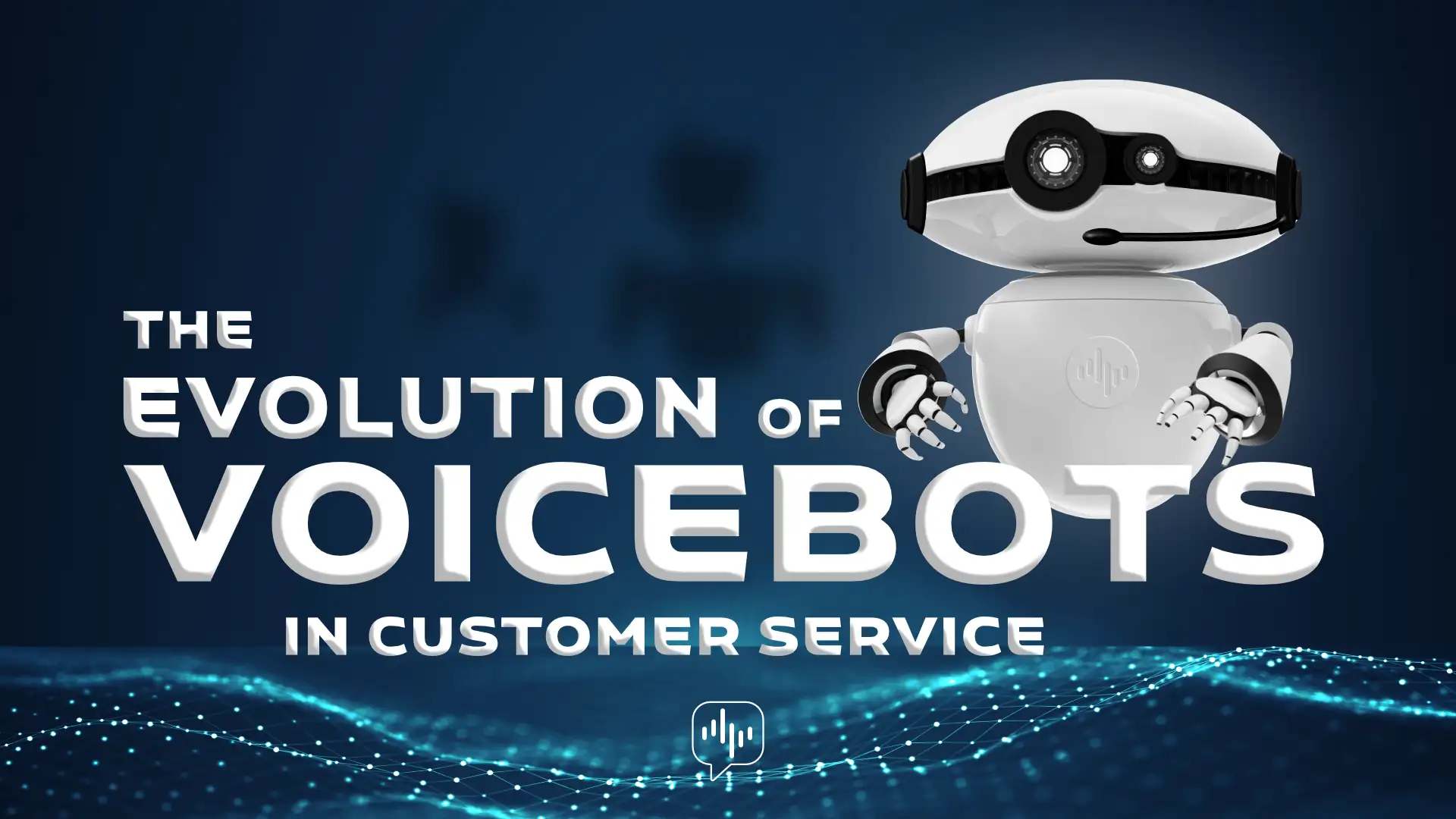The deployment of Voicebots with artificial intelligence is rapidly changing the world of customer contact. The question on whether Voicebots will eventually make employees redundant remains popular. As far as Telecats is concerned, the world of customer contact is changing permanently. Technology comes ever closer to people and is going to support employees more and more.
The recent Nationale Voice Monitor study in the Netherlands shows that consumers still prefer telephone (54%) contact with organisations. Voicebots are especially valued for applications such as answering simple questions, customer identification or routing calls (77%). Long waiting times (64%) and extensive IVR touch tone menus (58%) are the biggest annoyances for consumers when contacting companies.
Voicebot – Speech Routing
Smart routing with a Voicebot is therefore the answer to the increased complexity in customer contact. A simple IVR menu that guides you towards the right answer in two or three standard choices is more often no longer sufficient. The questions of customers are becoming more complex: they increasingly contain multiple variables that you would have to factor into the routing. And on the solution side, multiple outcomes are possible. You can end up with an employee with a specific skillset, the answer can be provided by the Voicebot or the customer can be helped quickly and easily in the self-service environment on an app or a web page.



Speech technology with artificial intelligence
Speech technology has significantly improved in recent years with the use of Deep-Neural-Nets, or: artificial intelligence. We see that at optimal conditions, voice solutions recognise speech almost as well as humans. Through machine-learning, we also see that Voicebots are communicating more “human-like” and are thus more often successfully deployed.
Yet the most striking conclusion from the aforementioned study is that the majority of consumers do not feel understood by chatbots and voice assistants. While the study also shows that this does matter a lot to the majority of consumers when they interact with an organisation.
Conversational AI
When we as humans have a conversation, we express emotions, sometimes want to feel empathy, get confirmation and, above all, be understood. Voicebots are developing at lightning speed and the biggest challenge in Conversational AI is less and less of a technical nature, but rather “emotional” intelligence. Not what do you say, but what do you mean?
A Voicebot works in a structured way based on intentions, in which human emotions can sometimes cause confusion. Moreover, people do not want to be addressed as a robot. A good conversational design helps the Voicebot to communicate with humans in a more natural way, making sure the Voicebot understands the customer and can respond with more “empathy”. This is difficult but certainly not impossible and works based on data, smart software and customer feedback.
Self-service with Chat and Voicebot
With the increase in usage and aggregation of data from conversational AI applications, customer behaviour is becoming increasingly predictable and understood. Real-time integration with knowledge bases and systems containing relevant customer information make it possible to respond to this proactively and more personally in conversations. The successful deployment of Voicebots is increasing, especially if they are properly tailored to customer and employee experience. After all, the systems are trained based on previous conversations between customers and employees.
And if a well-trained and working chatbot is already in place, it can be speech-enabled and used as a Voicebot for self-service in the telephony channel as well. This way, we build a consistent conversational customer experience and the customer benefits from self-service across all channels.
Personal contact with the Voicebot
The need for more personal customer contact is increasing, due to deployment of conversational AI. This is not entirely without conditions. For instance, for a more personal dialogue with Voicebots, the use of appropriate data is hugely important, but at the same time customer and employee privacy must be handled with the upmost care.
 People remain indispensable, but to best understand and personally help customers, technology and data increasingly play a crucial role.
People remain indispensable, but to best understand and personally help customers, technology and data increasingly play a crucial role.
And just in case the Voicebot doesn’t understand you properly after all, we can always fall back on humans. Because our customer advisers are flexible, creative, have empathy and are thus much better able to communicate humanely and kindly with our customers. Voicebots and artificial intelligence will therefore not replace humans but rather support them!
